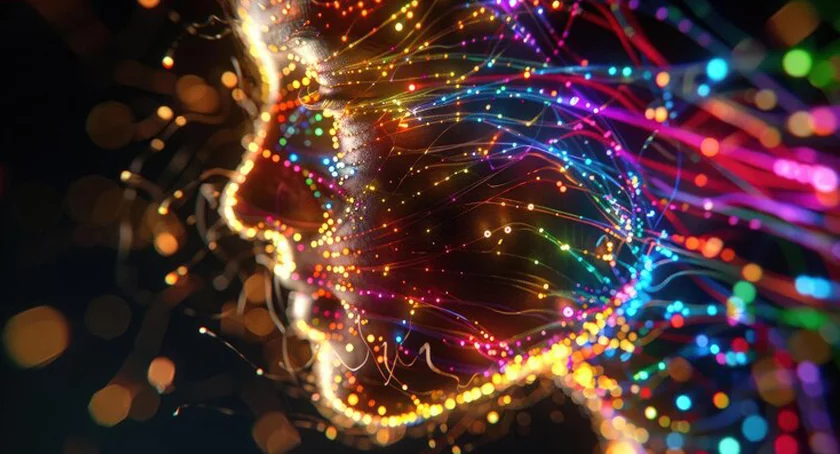
Overview
A new wave of research highlights the growing influence of neuromarketing in understanding how color shapes perception, emotion, and buying decisions. By going beyond traditional surveys and self-reporting, neuromarketing tools reveal what consumers really feel at a subconscious level, giving brands a powerful edge in designing persuasive campaigns.
Cutting-Edge Methods
Researchers now combine three complementary technologies to map consumers’ hidden responses to color:
fMRI pinpoints which areas of the brain—such as emotional and reward centers—activate when exposed to specific hues.
EEG measures brainwave changes in real time to gauge attention, arousal, and emotional engagement.
Eye-tracking records how long and where viewers focus, showing which colors capture attention first and hold it longest.
This multi-layered approach allows marketers to see not only whether a color “works,” but why and how it influences decision-making.
Key Findings About Color Psychology
The study confirms that color has direct, measurable effects on both emotions and physiology:
Red is linked with heightened arousal, excitement, and urgency—ideal for calls to action or clearance sales.
Blue elicits calmness, trust, and reliability—effective for banks, healthcare, and tech brands.
Green signals balance and sustainability—well-suited for eco-friendly or wellness products.
Yellow can stimulate optimism and attention—useful for grabbing quick notice in crowded markets.
These insights help brands choose palettes not just for aesthetics but for strategic impact.
Implications for Marketing Strategy
Neuromarketing offers a scientific way to optimize color choices for packaging, logos, websites, and advertising. Instead of relying on intuition or cultural stereotypes, brands can measure actual neural and behavioral responses to refine their visuals. This evidence-based approach can increase engagement, boost recall, and improve conversion rates across diverse demographics.
The Future of Color-Driven Campaigns
As consumers face an ever-growing flood of digital content, attention is becoming the ultimate scarce resource. By tapping into subconscious reactions revealed through neuromarketing, brands can craft campaigns that resonate more deeply, feel more intuitive, and stand out in competitive markets. The study concludes that neuromarketing’s integration with color psychology will be a cornerstone of next-generation marketing strategies worldwide.